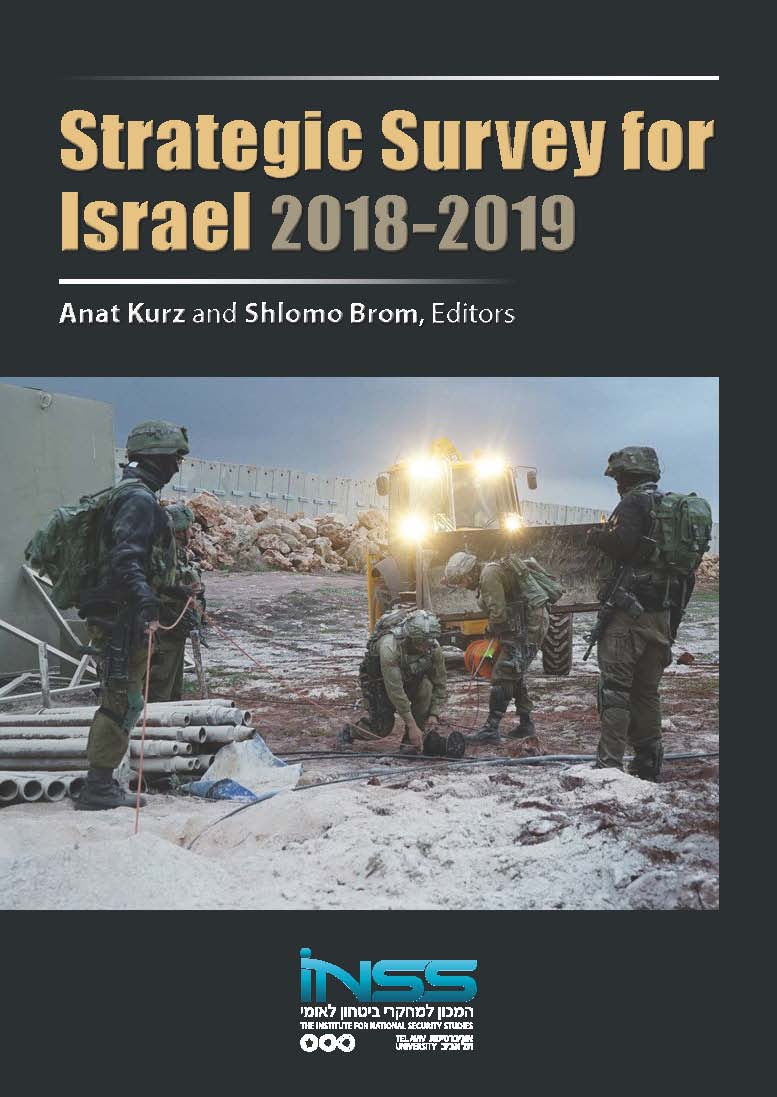Publications
Strategic Survey for Israel 2018-2019, The Institute for National Security Studies, December 2018

Each of the nearly eight years of civil war in Syria has been characterized by a central phenomenon or trend that influenced the development of the war and the future of the country. What began as a civil uprising in 2011 against the regime led by President Bashar al-Assad developed in 2012-2013 to a sectarian struggle of rebel organizations opposing the Assad regime, which is supported by Iran and Hezbollah. In 2014 the splits among the rebel factions continued along distinct sectarian and religious lines, with the dominance of Salafi jihadist organizations, in particular, the Islamic State. Thus separate fighting groups emerged in Syria, with different ideas as to the identity of Syria on the day after Assad. The fifth year of fighting was marked by Russian intervention alongside Iran in order to save the Assad regime from what appeared to be an imminent defeat. The sixth year was marked by the defeat of the rebels in Aleppo and a reversal of the trend seen in earlier phases: the pro-Assad coalition of Russia and Iran and its proxies was well on the way to recapture additional territories held by the rebels and to take over the “spine” of Syria, from Aleppo in the north, through Hama, Homs, and Damascus, and the Syrian-Lebanese border.


